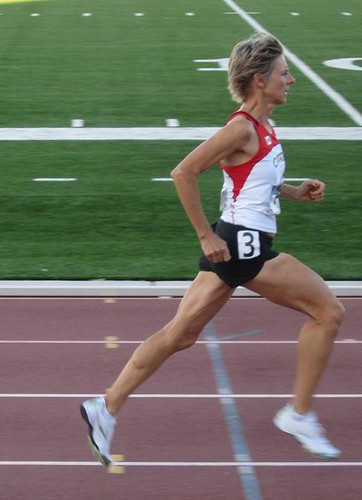 This is the 19th in a series of RunSmart videos. The series is on-going, with a new video released on a biweekly basis. These videos complement the material presented in the book “RunSmart: A Comprehensive Approach To Injury-Free Running”. The full series of videos can be found here. A compilation of the first 10 videos will be available on Vimeo as well.
This is the 19th in a series of RunSmart videos. The series is on-going, with a new video released on a biweekly basis. These videos complement the material presented in the book “RunSmart: A Comprehensive Approach To Injury-Free Running”. The full series of videos can be found here. A compilation of the first 10 videos will be available on Vimeo as well.
For those of you that are interested in a more interactive learning environment, consider attending a Level One (half day), Level Two (one day), or Level Three (two day) RunSmart program. The Level One program is 4 hours and focuses on basic training principles, running mechanics, and injury prevention. The Level Two program is 8.5 hours and focuses on performance optimization and training program development. The Level Three program is a two day, 15 hour program that includes a comprehensive approach to running injuries. The next Level Three program will be offered in Austin, Texas on August 17 - 18, 2012.
In this video, I discuss another pillar of RunSmart: recovery. Your training is only as good as your ability to recover from your training sessions and adapt to them.
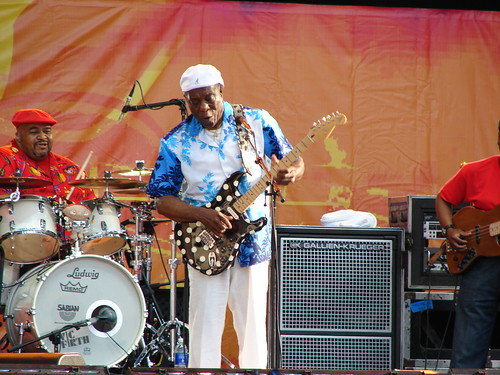 Sitting at Moody Theater last week, it was hard to imagine that Buddy Guy is now 75 years young. Not much has changed over the years. He can still hit that one note that will make your head spin, he can still have you smiling with his control of an audience, and he can still have you amazed by his guitar prowess.
Sitting at Moody Theater last week, it was hard to imagine that Buddy Guy is now 75 years young. Not much has changed over the years. He can still hit that one note that will make your head spin, he can still have you smiling with his control of an audience, and he can still have you amazed by his guitar prowess.
Let’s face it – Buddy Guy can tear it up now just like he did 30 or 40 years ago. If he’s lost anything, it would be a few hairs on his head. But other than that, he can still play with the same fire and brimstone that has been his trademark all these years.
It seems like just yesterday – make that circa-1991-yesterday or so – that I first saw Buddy Guy at Antones. As a blues guitar player myself, I knew the legend that was Buddy Guy. But I had no idea what I was in for that night.
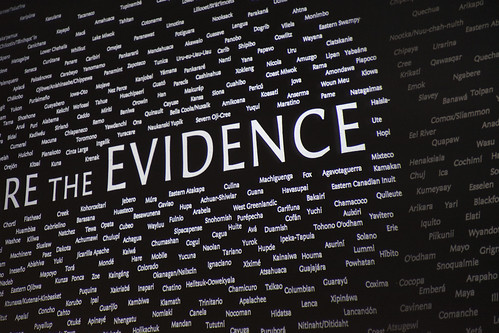 Research studies are done in order to provide evidence to either confirm or refute theories or best practices. But a rather significant question comes to light. Why bother doing them in the first place if we don’t want to hear the results and are not going to utilize those results if they are counter to our beliefs or agendas?
Research studies are done in order to provide evidence to either confirm or refute theories or best practices. But a rather significant question comes to light. Why bother doing them in the first place if we don’t want to hear the results and are not going to utilize those results if they are counter to our beliefs or agendas?
It would appear that political agendas are winning out over evidence more and more these days. Case in point: tort reform in Texas.
The consumer has repeatedly been told that tort reform will help to decrease health care costs – or something along similar lines. Now, we have yet another study that reveals that no, actually, it doesn’t.
Score: Evidence – 0, Political Agenda – 1. The loser? The consumer, of course.
 In Episode 42, I mentioned the zombie apocalypse that took place in Miami recently. That was two weeks ago. A lot of crazy things have taken place in the sports world over that time period. Once again, Miami has been at the heart of the story. There is more rhubarb upon us yet again.
In Episode 42, I mentioned the zombie apocalypse that took place in Miami recently. That was two weeks ago. A lot of crazy things have taken place in the sports world over that time period. Once again, Miami has been at the heart of the story. There is more rhubarb upon us yet again.
With that said, let’s explore Episode 43 of the Rhubarb Report, where the thrill of victory was a wild and wooly story unto its own on both coasts.
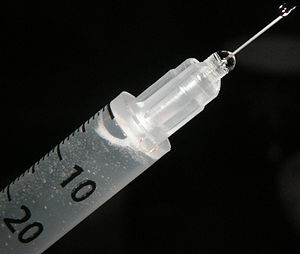 Why is it that when an athlete provides us with a great performance, the first response is almost always cynical. “He/she must be juiced” tends to be the first statement uttered by many. It is a sad reflection on our culture when that is the first belief espoused.
Why is it that when an athlete provides us with a great performance, the first response is almost always cynical. “He/she must be juiced” tends to be the first statement uttered by many. It is a sad reflection on our culture when that is the first belief espoused.
You know what? I am fed up with the cynicism. Frankly, the whole “performance-enhancing drugs” schtick needs to stop.
At one time, it was believed that a human would not break four minutes for the mile, or 10 seconds for the 100 meters. While we’re at it, how about the 2 hour marathon barrier?
But a funny thing happened along the way. Many of these barriers have been broken – repeatedly. And drugs are not even a part of the equation.
 The Austin Convention Center was home to a virtual time machine this past weekend. No, “Back To The Future” wasn’t showing. It became the two-day home of Formula Expo, an exhibition of past and present Formula One cars and photos. Stepping into Formula Expo 2012 on Saturday was like stepping into my own personal time machine.
The Austin Convention Center was home to a virtual time machine this past weekend. No, “Back To The Future” wasn’t showing. It became the two-day home of Formula Expo, an exhibition of past and present Formula One cars and photos. Stepping into Formula Expo 2012 on Saturday was like stepping into my own personal time machine.
Formula One technology has fascinated me since the days of my youth. At a time when most of my friends were wanting to become doctors and firefighters and professional hockey players, I wanted to become an automotive engineer. I wanted to design Formula One cars. Part of the beauty of F1 has always been the highest level of technology and rapid rate of design implementation. It attracts the worlds top aerospace engineers for exactly that reason. I filled many a sketch book with F1 designs that I had conjured up in my imagination.
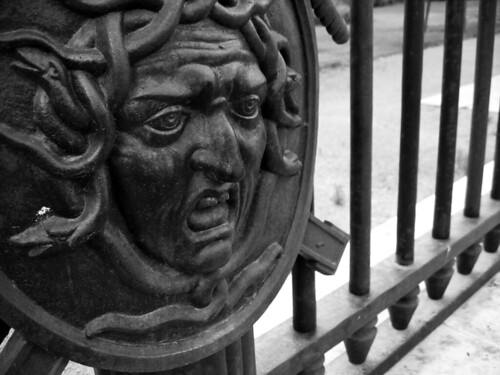 The health care system is the source of one of the greatest legalized monopolies in the history of this country. The worst part is, you didn’t even realize it was happening.
The health care system is the source of one of the greatest legalized monopolies in the history of this country. The worst part is, you didn’t even realize it was happening.
The current health care system utilizes a couple of different types of “gatekeeper model”. One is aimed at cost control, in which a gatekeeper is in place to help regulate referrals to specialists and other investigative or testing procedures. The second is aimed at the level of clinical practice, in which a gatekeeper is required to provide referrals in order for another health care provider to practice to the extent of their training and scope of practice.
The latter issue is a critical one in our health care system today. Why? It promotes a legalized monopoly, one that ultimately prevents patients from their right to choose a provider, while actively removing a number of professions from a truly free marketplace.
 "Running Injuries: Etiology And Recovery- Based Treatment" (co-author Bridget Clark, PT) appears in the third edition and fourth editions of "Clinical Orthopaedic Rehabilitation: A Team Approach" by Charles Giangarra, MD and Robert C. Manske, PT.
"Running Injuries: Etiology And Recovery- Based Treatment" (co-author Bridget Clark, PT) appears in the third edition and fourth editions of "Clinical Orthopaedic Rehabilitation: A Team Approach" by Charles Giangarra, MD and Robert C. Manske, PT.
 Allan Besselink, PT, DPT, Ph.D., Dip.MDT has a unique voice in the world of sports, education, and health care. Read more about Allan here.
Allan Besselink, PT, DPT, Ph.D., Dip.MDT has a unique voice in the world of sports, education, and health care. Read more about Allan here.
 Top 5 finalist in three categories: "Best Overall Blog", "Best PT Blog" and "Best Advocacy Blog".
Top 5 finalist in three categories: "Best Overall Blog", "Best PT Blog" and "Best Advocacy Blog".